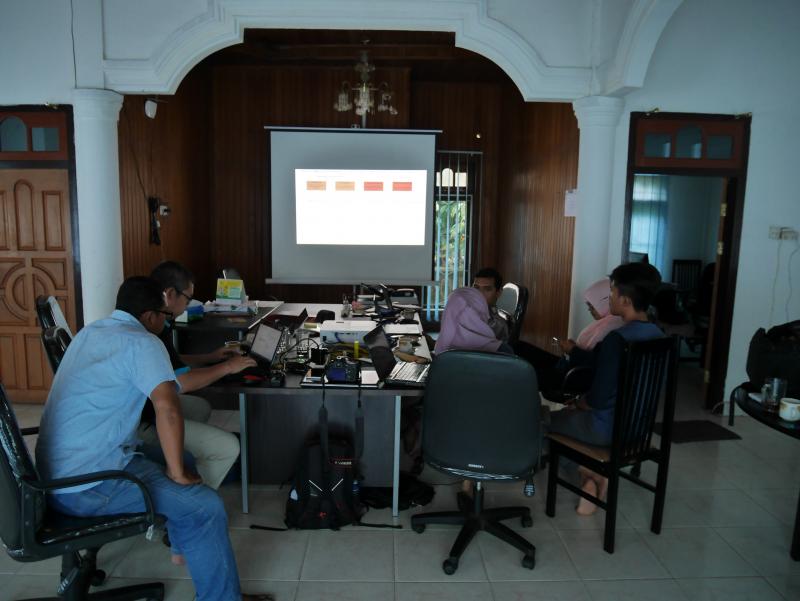
- 28 Sep 2017
Authors: Clement Feger, Laurent Mermet, Emily McKenzie and Bhaskar Vira
The Millennium Ecosystem Assessment warned that 60% of the benefits nature provides to people are being degraded or used unsustainably . This triggered widespread efforts to design and use ecosystem service assessments and tools around the world. Ecosystem services are the benefits nature provides to people, like purifying water and sequestering carbon to limit harmful climate change). These efforts are often not just scientific research projects. They have explicit aims to achieve conservation and human development goals, by integrating the many values of nature in decision-making, policies, and business operations. Ultimately, the hope is that making the value of nature more visible will help put society on a sustainable development trajectory.
Yet, recent studies demonstrate that not all studies on ecosystem services are effectively used as a basis for decision and action. To create change, new knowledge, even when worrying, robust and empirically grounded, is not enough. It needs to be mobilized as part of a strategy of communication, advocacy and action. This can be researchers, conservation NGO practitioners, local communities, policy makers or finance and business leaders – who are committed to use the information systems and knowledge to improve real outcomes for conservation and human development.
Context matters
There is no single recipe for success when deploying these approaches to mobilise action. Each place presents unique challenges and opportunities, and those who are proposing a global response need to recognise the variability of spatial context. Advocating for - and implementing - a new nature reserve for biodiversity-rich wetlands in the UK requires a very different strategy to the creation of an ecological corridor in Sumatra to save tiger habitat from palm oil development. In each situation, the organizational, political, institutional and social challenges are hugely contrasting.
One key to success is understanding the context. Such understanding can be gathered quickly and easily using ‘context diagnostic’ methods. Such methods can help to collect information on questions like: Who supports conservation goals and who is actively working against them? What are the specific ways that people and local communities use ecosystems for their wellbeing? How would the project that we are undertaking affect their ability to keep benefiting from these ecosystems? Will the proposed solutions to reverse land degradation and improve environmental outcomes likely be adopted? What are the different values people hold, and how can we best articulate nature’s values to resonate with them?
The devil is in the detail - Mobilizing social sciences in the field
Finding answers to these questions is not a trivial task. It requires investing as much effort in mobilizing social science as natural science. The context diagnostic method that we have developed bridges on-the-ground experience of the local context and well-established social science theories. Theories that help analyse social and political dimensions of the management of ecological issues are especially useful. We have designed visuals and lists of questions to guide reflection and analysis and help conservation practitioners’ formulate strategies that address the realities of their context.
So far, the context diagnostic method has been used in the Philippines by the French Agency for Development as well as in Indonesia by WWF. In Sumatra, local teams used visual tools and lists of questions inspired from the philosopher Bruno Latour’s Politics of Nature, the Nobel-prize winning economist Elinor Ostrom’s Common-Pool Resources theory and the sociologists Boltanski and Thévenot’s Justification theory to analyse challenges they face in developing a large ecological corridor covering the central part of Sumatra and sustainable value chains to halt forest destruction.
This tool is helping to ask important questions, dive into (sometimes uncomfortable) home-truths about the local situation, share experiences, and develop more thoughtful conservation strategies. We applaud the world’s leaders for their ambitious commitments to achieve land degaradation neutrality by 2030 – but, urge them to be more explicitly aware of the contexts in which these projects will be implemented, to ensure that the announcements made this week are more than just empty promises.
Link to Clement Feger Valuing Nature Placement homepage
The authors are grateful to the Valuing Nature Network for the opportunity to start this work, and to the Luc Hoffmann Institute for the chance to take it further.
